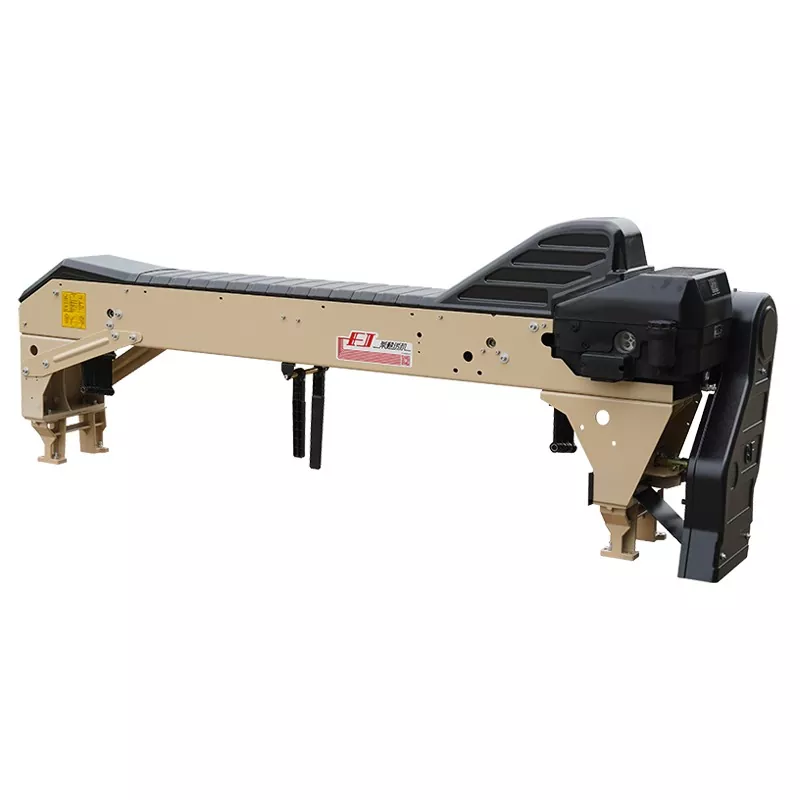Creative Application of Electronic Dobby in Fashion Design
2025-06-13
The electronic dobby system, traditionally used in weaving for controlling harnesses and complex patterns, offers creative and forward-thinking applications in fashion design. Here's how it's being used innovatively:
1. Complex and Custom Woven Textiles
Electronic dobbies enable designers to create highly intricate patterns in woven fabrics with precision and repeatability. This allows for:
Unique textures that aren't possible with standard looms.
Small-batch custom designs, ideal for haute couture or limited-edition fashion lines.
2. Responsive or Smart Textiles
Integrated with smart fibers or conductive yarns, electronic dobby looms can weave:
Fabrics that change color or shape based on temperature or light.
Wearable technology, like garments with built-in sensors, using woven circuits.

3. Sustainability and Zero-Waste Design
By offering precise control over weave structure, designers can:
Minimize fabric waste by creating garment panels to shape.
Incorporate recycled or unconventional fibers efficiently into the design.
4. Interactive Surface Effects
The dobby mechanism can produce variable densities, patterns, and 3D effects such as:
Raised textures, tactile graphics, or illusionary weaves.
Fabric surfaces that react to motion or pressure, useful in performance or experimental fashion.
5. Fusion with Digital Design Tools
Designers can use CAD software to directly control electronic dobbies, enabling:
Parametric textile design—changing patterns based on body data or user input.
Easy prototyping and rapid iteration of complex woven concepts.


